Perhaps you’ve heard that lovely little bit of poetry which says that “food, clothing, and shelter are the basic necessities for survival.” If you have, I hope you haven’t paid too much attention to it. While I’ll have to agree that all three of those are necessary for survival, if you base any survival strategy on that short list, you’ll die. Whoever came up with that actually left the two biggest needs off the list of basic survival skills, even though they did include some of the elements needed to accomplish one of them.
When it comes down to basic survival skills, you can’t play games. Even the slightest error can mean the difference between life and death. That’s why I’m against that bit of poetry. When basic survival isn’t carefully thought out, it could cost someone their life.
So, if the advice presented above is not true, then what is? Glad you asked. When we truly examine our needs for survival, we find a very clear list:
- Maintaining body heat
- Clean water
- Adequate nutrition
Pretty much every survival teacher out there will give you this same list, although it might be worded slightly differently. That’s because these three things are universally recognized to be our top priorities in any survival situation. Let’s take a closer look at them and the basic survival skills needed to accomplish them.
Maintaining Body Heat
Most people’s normal body temperature is 98.6 F or 37 C. Depending on the individual, this can vary from 97.8 F to 99.0 F, but the average is 98.6. Within this range, the body functions normally, with metabolic processes at their optimum. The person is able to think clearly and their body responds to the brain’s commands. But it really doesn’t take much of a change in the body’s core temperature before the person can no longer think clearly and the body stops reacting properly to what the mind tells it to do
Hypothermia
Mayo Clinic describes hypothermia as setting in once the body temperature dips below 95 F. At that point, their awareness decreases, they start losing dexterity, and they become apathetic and confused. This tiny body change in temperature brings them into the first stage of hypothermia, the loss of body temperature and the most deadly killer in the wild.
If body temperature continues dropping, cognitive ability and motor control will continue to decrease. The person can become delusional, thinking that they are okay, even though they are literally freezing to death. They’ll stop protecting themselves and lose the ability to walk.
A drop of ten degrees in core body temperature is all that it takes to kill someone. Similarly, a rise in body temperature of 6.5 degrees will kill them. But of the two, hypothermia, is much more common. Fortunately, it is also easier to avoid, if one knows what precautions to take and the basic survival skills required.
Hypothermia is not just a cold weather problem. Every summer, people die of hypothermia in the Colorado Rockies. You see, most of the time the ambient temperature is lower than our body temperature. So, given the right conditions, it’s easy to lose body heat.
Being Wet Is the Culprit
What are those conditions? More than anything, it’s when you get wet. Our bodies lose their heat much faster when wet, than they do when they are dry. In fact, depending on the type of clothing a person is wearing, they can lose body heat as much as 300 times faster when that clothing is wet, than they would standing there totally naked. If one were to fall into a stream just before sunset and get their clothes soaked, they could literally freeze to death before walking to their car a couple hundred yards away.
So, why don’t we all die of hypothermia? First of all, because we don’t stand outside with our clothing soaking wet. Most of us go inside and dry off before we lose much body heat. Then we put on dry clothing, to help keep us warm. But in a survival situation, that may be much harder to arrange than it would be at home.
Two of the things mentioned in that bit of poetry I started off with are about maintaining body heat: clothing and shelter. We build shelters and wear clothing to protect our bodies from rain, snow, wind, heat, and cold.
However, there is one other thing we use to help us maintain our body heat and that’s fire. Among the many other things we do with fire, we use it to heat our homes, providing us with a comfortable atmosphere. Without fire to warm our shelters, they could protect us from wind and rain, but they couldn’t protect us from the cold.
In a survival situation, the first thing we must take care of is shelter and fire. Between these two, we provide ourselves with a safe place, where our bodies are able to maintain their temperature. And in order to build shelter and a fire, we need the right tools and basic survival skills.
Clean Water
Our next survival priority is clean water. Whereas we can only survive about 30 minutes without maintaining our body temperature, we can survive about three days without water. That’s it. Our bodies contain so much water that a lack of water affects every organ and every bodily function. Quite literally, water is the solvent that allows the multitude of chemical reactions to happen, and these reactions keep our bodies functioning.

Consult With Survival Pros
For Those Serious About Their Family's Life-Assurance Plan (and Not Just Life Insurance)
Learn MoreMost survival instructors teach that you need a gallon of clean water per person, per day, for drinking and cooking. That’s only if you are in a temperate climate. If you are in a hot climate, you may find yourself drinking more than a gallon. It’s actually possible to sweat out more than a gallon per day if you’re in the heat of the American southwest in the summertime.
But not just any water will do. We need clean water. That doesn’t mean water without mud in it, or even water without green pond scum floating in it. Neither of those will harm us. The things we need to clean our water of are so small that you need a microscope to find them.
I’m referring to microscopic pathogens, such as bacteria, protozoa, and viruses, that can inhabit our water and enter our body. Some of these can cause infection and disease that leads to death. Even bacteria that cause “minor inconveniences” like diarrhea and vomiting can kill you through dehydration.
It used to be that you could drink any running water you found in the wild, with little risk of infection. Backpackers and campers would enjoy cool, clear mountain water, straight out of a river or stream. But those days are no more. Today, any water is suspect, even water from that looks like a clear, bubbling stream. You never know who’s upstream of you and whether they decided to use that stream for a toilet.
The water we receive in our home faucet has been treated to ensure its cleanliness. Most municipal water authorities use a combination of filtration and chemical treatment to ensure that the water we drink is safe for human consumption. It may still have a high mineral content in it and it may not taste very good, but it will be safe to drink.
In a survival situation, we need to know how to purify our water. Consider this the second set of the most critical basic survival skills. There are a number of ways of purifying water, which break down into three different categories:
- Filtration
- Chemical purification
- Heat purification
Filtration
For filtration to be used, you need a filter that will filter down to 0.2 microns. That will eliminate 99.9% or more of all bacteria and protozoa, making the water safe to drink. While that isn’t small enough to remove viruses, it is actually rare to find viruses in water.
Check any water filter you are planning to use carefully to ensure it is rated at least this small. Many water filters, like whole house filters, only filter down to 10 microns, which will allow pretty much all bacteria through. But survival filters are commonly rated down to 0.2 microns or smaller.
But it is possible to find yourself in a situation in which you need to purify water, but have no filter. For this reason, it is also important to learn how to build a water purification filter from the materials around you. This is one of the basic survival skills that could save your life. Charcoal, gravel of varying coarseness, and grass or moss will all work together to create an efficient filter.
Chemical Purification
Chemical filtration requires adding a chemical to the water, which will kill the pathogens. The most common chemical used for this is chlorine, the same stuff used to help keep swimming pools clean. Municipal water authorities often use chlorine for purifying city water, which explains why it smells like chlorine. You can also use iodine and chemical purification tablets, although chlorine is cheaper.
This is an easy one for you to do at home, as most of us have chlorine. Common bleach, used to whiten clothes is chlorine. You merely need to add 8 drops of it, per gallon of water, mix and wait about 20 minutes for the chlorine to kill the pathogens. Then, it’s safe to drink. If you don’t like the chlorine smell, then allow the container of water to sit overnight after purifying, so that the chlorine can evaporate.
Heat Purification
Microscopic pathogens die at high temperatures. That’s why people boil water to purify it. But you don’t actually have to boil it, you only need to raise the temperature to 158 F. This is called pasteurization, the same process used to purify the milk you buy in the store.
Heat purification can also be accomplished by using the sun’s power. If you leave a bottle of water in the sun, the water will heat up enough to become pasteurized, especially if it is put on top of a dark colored surface or on a corrugated roof.
If you have already added the ability to build a fire to your basic survival skills, you can easily purify any water you come across. Just be sure you have a container in which to heat it.
Adequate Nutrition
While you can only survive 3 days without water, you can survive for 30 days without food. Actually, some people can survive much longer than 30 days, depending on the fat stored in their bodies. But after the first 30 days, your body stops working as efficiently, even if you have more calories stored up in your fat reserves.
When we talk about adequate nutrition in a survival situation, we’re talking about something different than what we normally talk about. First of all, in a survival situation, you can go a fair amount of time, without thinking about all the micronutrients that nutritionists concentrate on.
Survival Diet
An ideal survival diet consists of:
- 50% to 60% carbohydrates
- 20% to 30% fats
- 10% to 20% proteins
Allow me to reiterate that you can only survive on this for a limited period of time, one to two months. After that, you need to add the micronutrients (vitamins and minerals) back into your diet,. Otherwise, there is a high risk of sickness and disease. Many diseases are caused by lack of proper nutrition.
If you’re surviving in the wilderness, food consists of edible plants and any animals you catch. You should be aware of what plants you can eat and what fish and game are available. And remember, both of these are likely to contain the same sorts of pathogens we’re concerned about with the water, especially any animals you kill. So, you must cook all, or it isn’t safe to eat.
In many third-world and emerging countries, they cook all meats well-done. There’s a reason for this, beyond personal taste. That’s because when you cook a steak medium-rare, you’re not getting the middle of it hot enough to kill any pathogens that are in the meat. Cooking that steak “medium” means an internal temperature of 140 F, not the 158 F needed to kill bacteria. You have to cook the meat well-done, bringing it up to a temperature of 160 F to do that.

Exclusive Survival Gear Deals
Access survival equipment we’ve fully tested so we can recommend it to you.
Other Survival Needs
While those three are the most critical needs for survival, there are a few other things you should always consider in any survival situation. You might be able to say that these are not needed in an ideal survival situation, but if the situation is ideal, you wouldn’t have a problem surviving.
Fire
You may have noticed that I mentioned fire in all three of the top survival priorities. That’s because fire is one of the most useful things man has ever found. We use it for countless different purposes; but most of all, we use it to survive.
Always have at least three methods to start a fire. A couple of BIC lighters, some waterproof matches, and a fire starter kit are ideal. And know how to use them. Knowing how to start a fire, even in the rain, is one of the most important basic survival skills you can master.
Self-defense
Many survival situations put you in danger of life and limb. For that reason, it is necessary to have the basic survival skills to be able to defend yourself. This can mean anything from learning martial arts to having firearms, depending on where you live, the laws there, and your personal situation.
Regardless of your situation, you don’t want to ignore this important factor. Not only are there many dangers in the wild, but the world is populated with two-legged predators, who are more than willing to take advantage of any disaster. All your other survival preparations won’t do you the least bit of good, if somebody else kills you to take what you have.
First-aid
Finally, you really can’t say that you’re prepared to survive if you don’t have a good first-aid kit, and the basic survival skills to use it. Pretty much any survival situation increases your chances of injury. While that is bad enough by itself, injuries can easily become infected, leading to much more serious problems. You must clean and protect any wound to prevent the possibility of these infections.
In Closing
A good survival kit is going to have things in it to meet the above needs. This is true whether you are talking about a small kit that you might carry while fishing or a bug out bag to use when you have to flee your home. In both cases, the ability to provide yourself with the means of accomplishing each of these items will greatly increase your chance of survival. But to do that you need to learn and practice the most basic survival skills associated with these.
Do you have any other basic survival skills that are important that we haven’t listed here? Let us know in the comments section below. And why not visit our website and see our customizable survival kits. If you’re not sure about what you need, we’ll be glad to talk to you and help you with your decision.


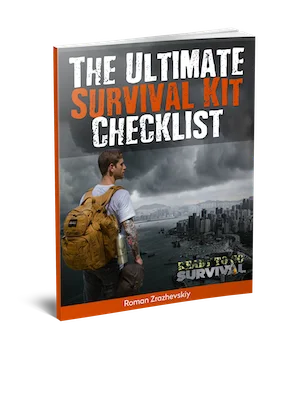







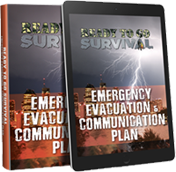
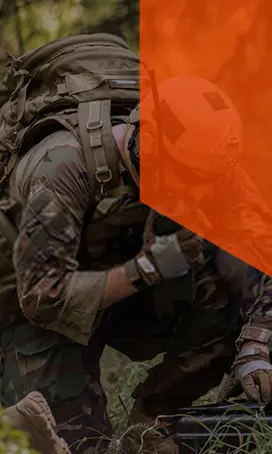

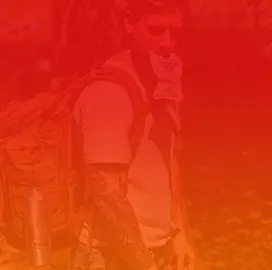
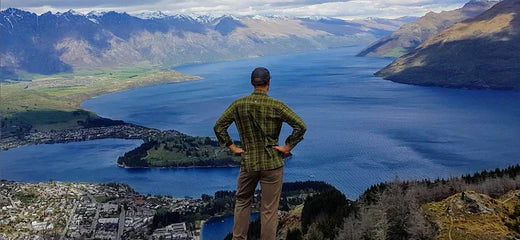
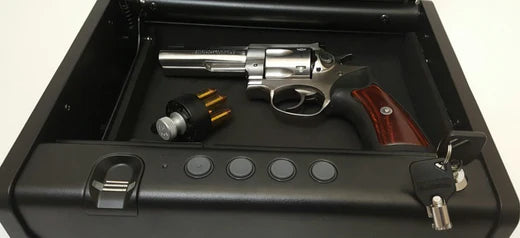
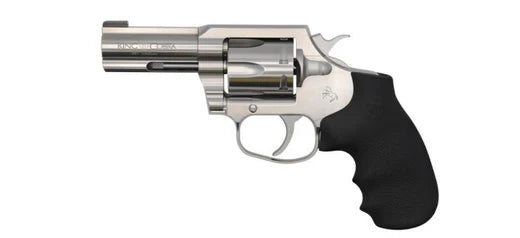
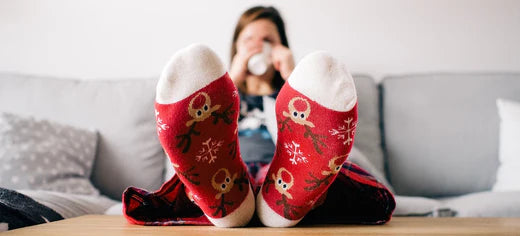
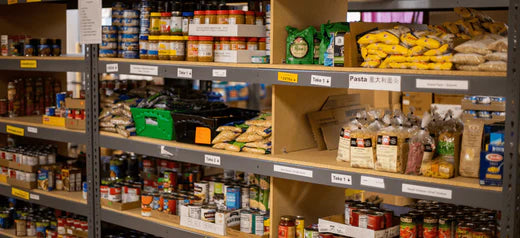
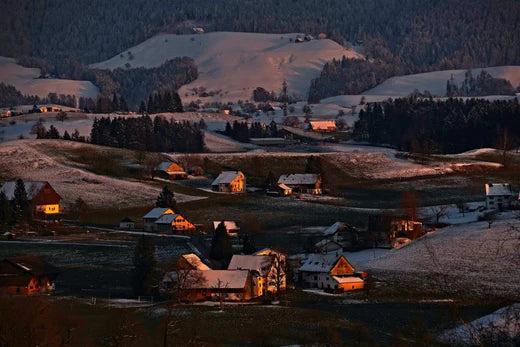
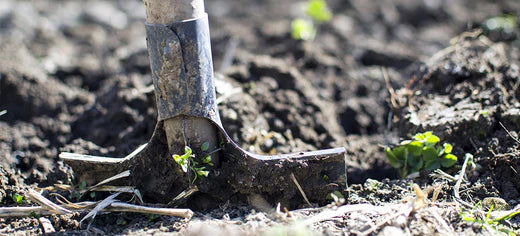
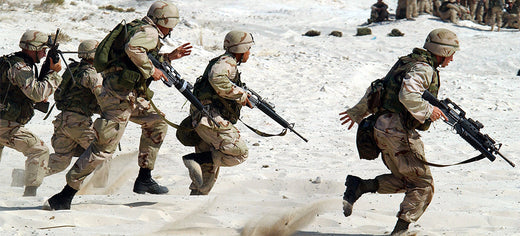
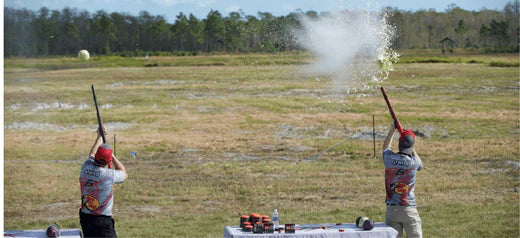
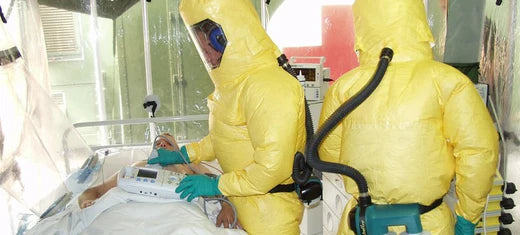

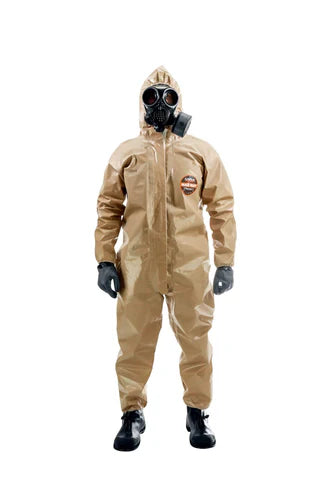
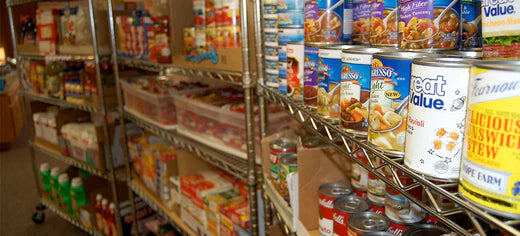
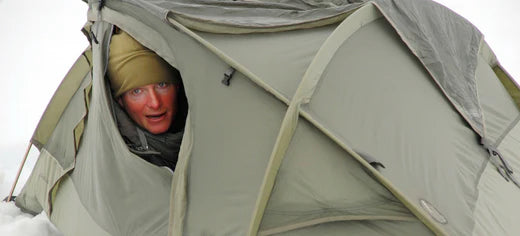
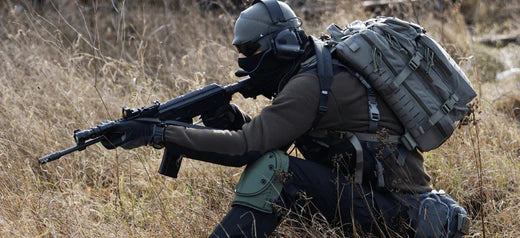


Leave a comment